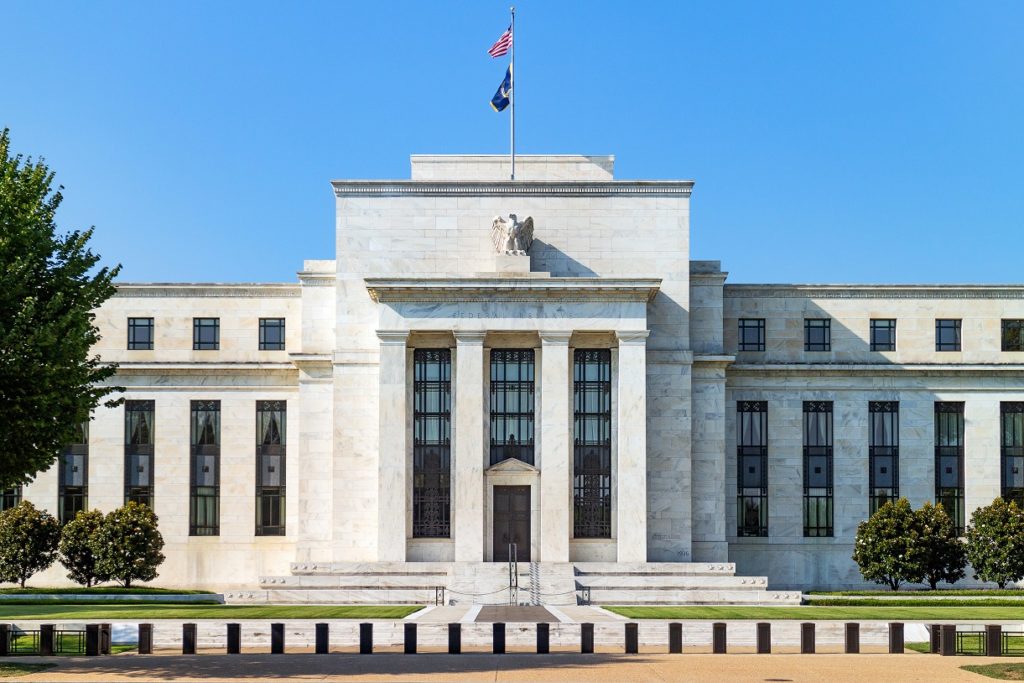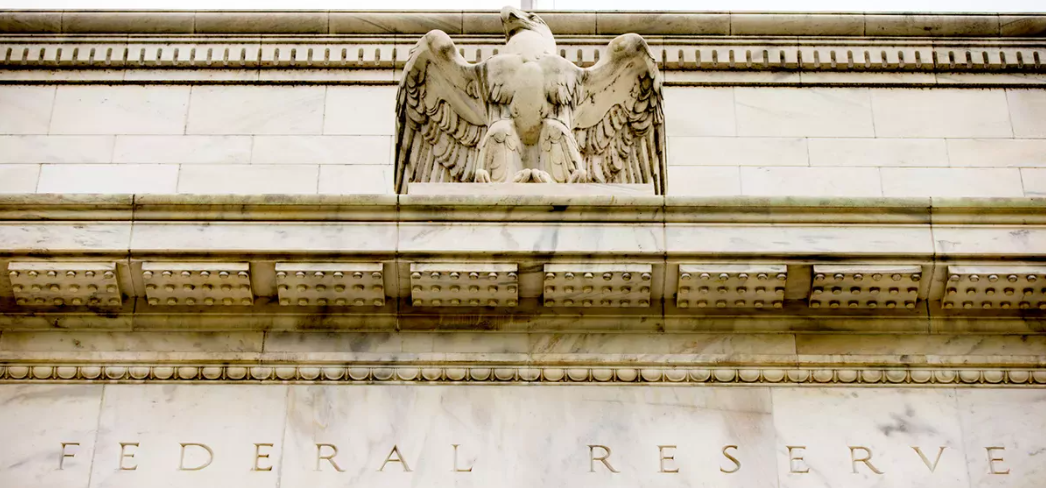
François Christen
Chief Economist
Powell's comments and the strength of the US economy invite investors to be patient.
Original article published in French on agefi.com

Faced with the FOMC meeting, the results of several US mega-caps and a salvo of emblematic indicators, investors were in no danger of being bored last week. Unsurprisingly, the Federal Reserve will keep its key interest rate between 5.25% and 5.5%. The official statement has been reworded in a “friendlier” tone. The possibility of further interest rate hikes is no longer raised, but the committee does not expect it will be appropriate to cut interest rates until it has gained greater confidence that inflation is moving sustainably toward 2 percent.
For Jerome Powell, a rate cut in March is only conceivable if the “data” turns out to be very disappointing. In this respect, recent indicators are far from justifying a quick move. The Conference Board, ISM and S&P Global surveys show a clear improvement in consumer confidence and business sentiment in January. The ISM index for the manufacturing sector continued to rebound, reaching 49.1 in January, its highest level since October 2022.
More tangibly, companies continued to hire at a sustained pace (353,000 jobs created in January, after 333,000 in December). However, the reduction in weekly working hours means that the extent of the increase in headcount should be considered with caution. The unemployment rate, unchanged at 3.7%, continues to reflect a buoyant, if not tense, labour market. The sharp rise in average hourly earnings (0.6% monthly, 4.5% year-on-year) may seem worrying, but the more reliable quarterly employment cost indices and unit labor costs reveal a moderation in wage inflation in the fourth quarter.
Recent events therefore continue to support hopes of a “soft landing” for the US economy, a scenario that should lead to a gradual normalization of monetary conditions in the second half of the year. However, CME futures contracts and the structure of money market rates point to a rapid and substantial easing cycle starting on May 1. The week’s copious news finally resulted in a slight increase in short- and medium-term yields. After a brief downturn, the yield on the 10-year T-Note returned to around 4.1%.
In Europe, the euro yield curve remained more or less stable. The stagnation of eurozone GDP in the fourth quarter and the decline in inflation observed in January (2.8% year-on-year, after 2.9% in December) proved largely in line with expectations. The stability of the unemployment rate, unchanged at 6.4% in December, should reinforce the ECB’s wait-and-see stance.
In the UK, the Bank of England maintained the status quo, in line with expectations, and removed reference to an additional hike from its statement. However, two “hawks” voted in favor of increasing the prime rate, and one “dove” in favor of reducing it. A large majority of six members imposed the choice of a status quo that could be maintained until inflation makes a convincing comeback towards the 2% target.










